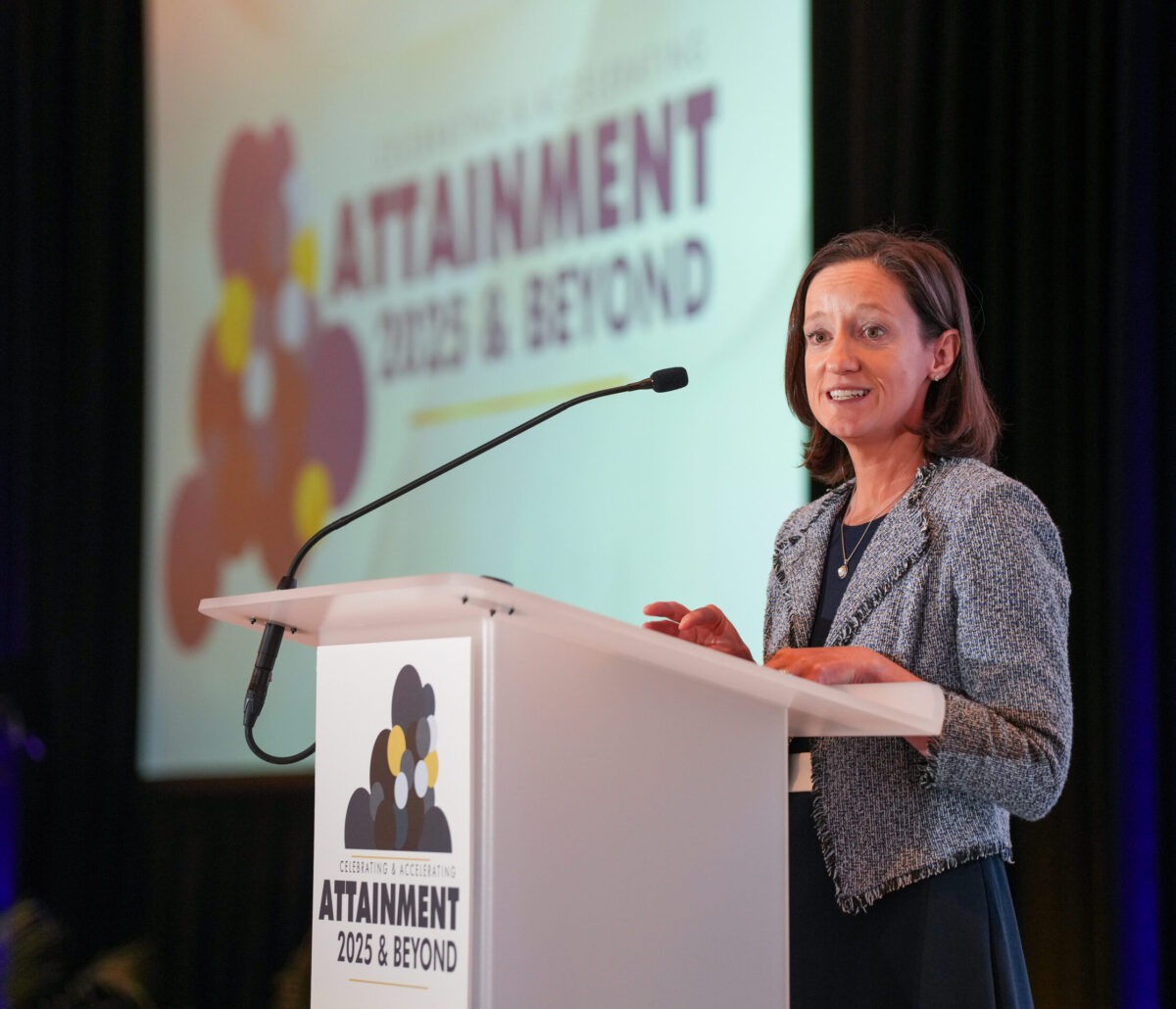Central to debates on better data quality is a concern for and desire to track and reveal gaps in services for underrepresented students. How to define ‘underrepresented’ and how to decide to disaggregate data for particular students are not arbitrary decisions, but ones grounded in political realities and social constructions of what and who should count. For Asian American and Pacific Islander (AAPI) students, data collection efforts have traditionally promoted model minority stereotypes by masking differences among diverse ethnic subgroups and highlighting disparities between Asians and other racial groups. Those interested in better data quality and disaggregated data collection should stay vigilant about how these efforts work to maximize—rather than bias—our understanding of different underserved groups.
Studies by the National Commission on Asian American and Pacific Islander Research in Education (CARE) document experiences and reveal disproportionate educational outcomes, particularly for Southeast Asian and Pacific Islander communities. Collectively, these reports show that more than 50 percent of AAPI subgroups like Vietnamese, Hmong, Cambodian, and Laotian adults as well as Pacific Islanders like Guamanians and Native Hawaiians do not enroll in any form of postsecondary education. More than a third of Laotian, Cambodian, and Hmong adults do not even have a high school diploma and almost half of AAPI students attend community colleges when enrolling in postsecondary education. As the fastest growing racial group in the United States, new research paints a more complex portrait of AAPI communities than previously understood.
Several federal agencies have made strides in collecting better data on AAPI communities. In 1997, the Office of Management and Budget revised racial and ethnic classification standards to divide the “Asian or Pacific Islander” category into two separate categories, “Asian” and “Native Hawaiian or Other Pacific Islander”. In 2000, the U.S. Census Bureau added seven new additional Asian ethnic subgroups (Bangladeshi, Indonesian, Malaysian, Pakistani, Sri Lankan, Taiwanese, and Other Asian) and three more in 2010 (Bhutanese, Burmese, and Nepalese). The 2009 restoration of the White House Initiative on Asian Americans and Pacific Islanders added another voice in the AAPI community to push for stronger data quality among federal agencies. Most recently, the U.S. Department of Education established the Asian American and Pacific Islander Data Disaggregation Initiative, providing $1 million to state and local educational agencies for collecting disaggregated data on English Learner AAPI subpopulations. Such federal recognition creates the foundation to better and more accurately understand uniquely heterogeneous AAPI communities.
While higher education debates on data quality ensue, it is important that leaders understand the social contexts in which they advocate for change and recognize the need to uplift AAPI community in data quality discussions. At their best, the movement for better data strengthens the way we understand patterns across many different types of communities and experiences. At their worst, poor or insufficient data renders invisible the realities of diverse populations in need.
For more information, see a collection of data sources and reports about Asian Americans and Pacific Islanders in education:
- CARE
- AAPI Data
- White House Initiative on Asian Americans and Pacific Islanders
- Best Practices for Disaggregation of Federal Data on Asian Americans and Pacific Islanders
- Asian & Pacific Islander American Scholarship Fund
- Center for American Progress: State of Asian Americans and Pacific Islanders Series
- The Campaign for College Opportunity: The State of Higher Education in California: Asian American Native Hawaiian Pacific Islander Report
- American Council on Education: Raising Voices, Lifting Leaders: Empowering Asian Pacific Islander American Leadership in Higher Education
Elaine Leigh is a summer policy research intern at IHEP. She is currently a Ph.D. student in Higher Education and Moorman-Simon Fellow at Penn GSE.



